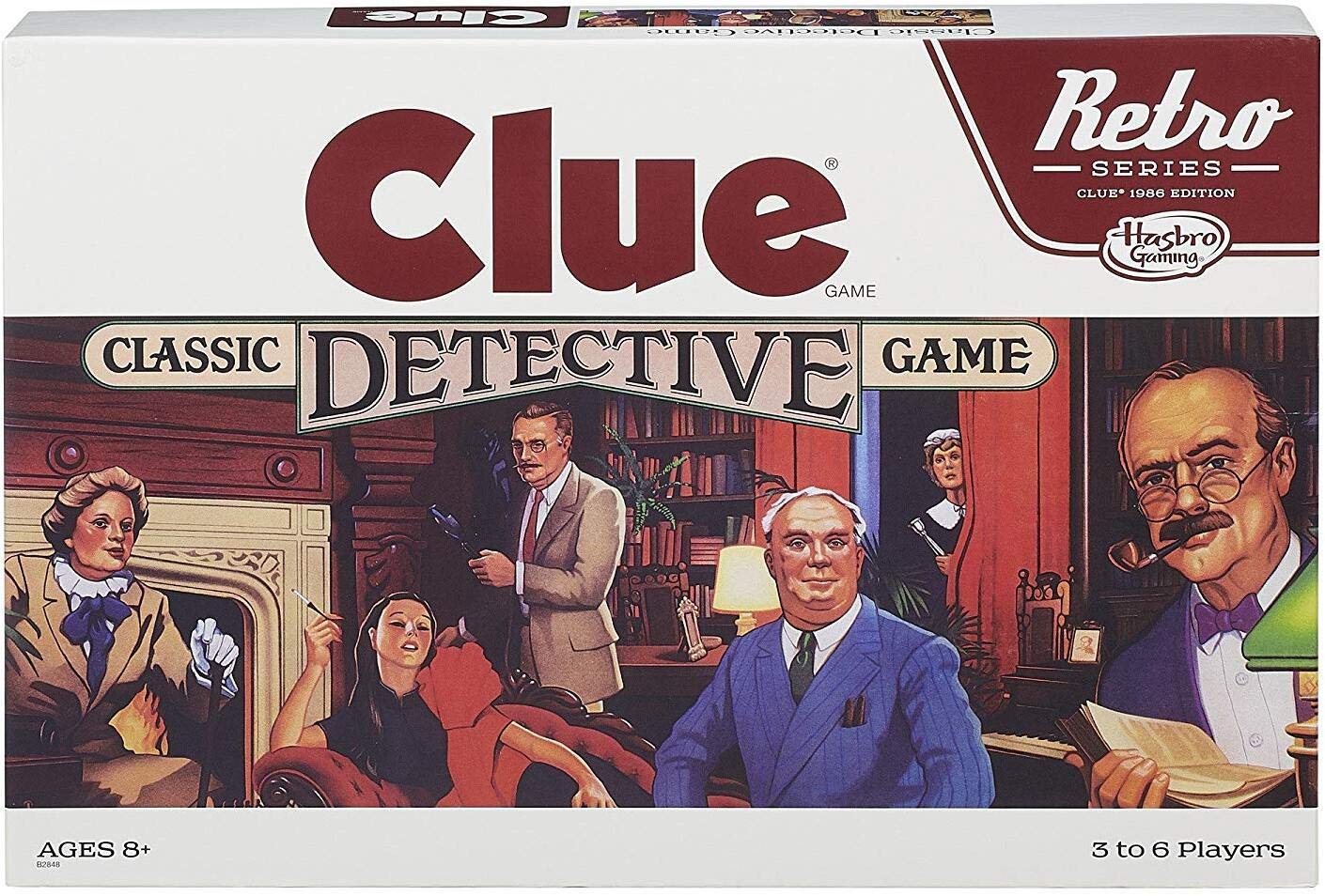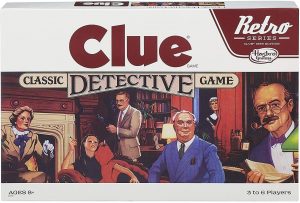
The detection of counterfeit electronic components is a lot like playing the classic board game Clue. Often times we find that there are a number of unusual traits, that by themselves may not make the parts guilty, but when you put all of the evidence together, it becomes apparent that you have found your suspect (counterfeit). We had a great example of this game of Clue last month. This particular group of counterfeits lacked some of the more obvious smoking revolver types of evidence. Blacktopping is one of the most common and easy traits of a counterfeit to observe, but this group of parts had no extra coating to cover up their marking removal. As you can see in the image, the texture varies in the same place on every part, when viewed with the right lighting. The suspect, in this case, pulled out his weapon of choice, the micro sandblaster, to remove unwanted part markings, leaving varying textures as our first clue.

Our next clue was the very odd-shaped Motorola Logo. Without a microscope, it is very difficult to decipher the unusual design of the faked logo. Take note of the authentic logo as a comparison.
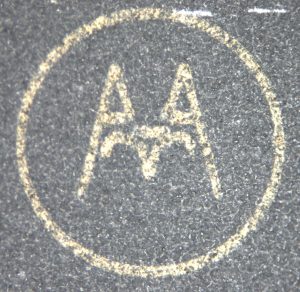
BAD LOGO
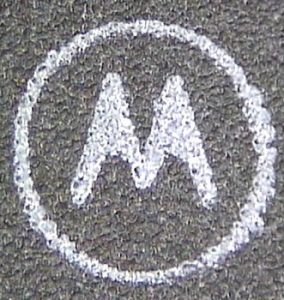
GOOD LOGO
And our last clue, which was as good as a smoking revolver, was the multiple countries of origin for the same lot code of parts. The same lot of parts cannot be made in different countries. That goes beyond all traceability reasoning. Lot’s are created and tracked to make it easy to locate any deficiencies in a manufacturer’s processing. The idea is to identify a lot for parts that have gone through identical processing within a small time period. Parts made in a different country will be manufactured with different machinery, different staff, and often different raw materials; so they will never have the same lot code.
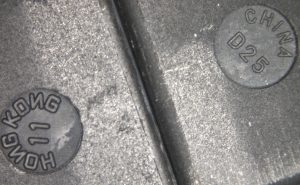
To assure that you are buying authentic parts, please contact one of our Search Experts by email USA [email protected], Asia [email protected], or Europe [email protected].
Robb Hammond is the President of AERI and the former chair of the Aerospace Industry’s Counterfeit Electronic Components Mitigation Standard for independent distributors, AS6081, which has become one of the industry’s most respected documents, as well as being adopted by the Department of Defense. Robb is one of the foremost thought leaders in the industry on counterfeit detection and speaks regularly at conferences around the globe.


